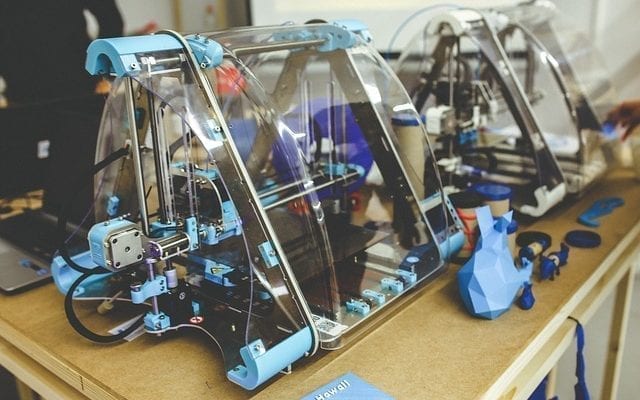
Lifestyle
How 3D-Printing is Changing Healthcare
3D-printing has been around ever since its creator, Chuck Hall, built the world’s first 3D-printer in 1983, which was used to manufacture a tiny eye wash cup. Since then, the technology has exploded into new realms of possibility, changing the way we design and manufacture products, and most importantly, introducing incredible innovation in the healthcare industry. Here are some of the most revolutionary ways 3D-printing is changing the healthcare field for the better.
Specialized medicine
If you have ever had to take multiples pills every day for any reason, you know how irritating it is to have to gulp down your medicine day in and day out. Not to mention having to keep track of everything. However, with 3D-printing, scientists are able to create a 3D-printed “precision pill” which can house a variety of medication all in one capsule, that is specialized to your unique needs. Also known as the “polypill,” it has been used with great success in diabetes patients and those with needing cardiovascular treatment after a heart attack or stroke.
Prosthetics
Traditional prosthetics are typically mass produced and do not conform to the unique needs that many disabled people need to be afforded to them. However, with 3D printing technology, prosthetics can be engineered to custom fit to each person’s unique needs, allowing for greater range of motion. There have even been patients who have received 3D-printed bionic suits that have allowed paraplegics a chance to walk again. This video shows the amazing way this technology has been used to help Amanda Boxtel walk again after being paralyzed from the waist down due to a skiing accident.
3D-printed skin for burn victims
Experts have developed a specialized 3D-printed skin for burn victims that can be produced at about 100 square centimeters per half hour. Burn victims are often faced with the horrifying reality of very little viable options when it comes to regrowing skin lost to serious burns. Using the same approach as organ bioprinting, 3D-printed skin can be a potential saving grace for the thousands of burn victims every year that are faced with unimaginable pain.
Bioprinting
It may sound like something straight out of a sci-fi movie, but honestly, science has proven time and time again to be stranger than fiction. Bioprinting is a major medical breakthrough that could potentially eliminate the need for organ transplants. It works by using a very specialized 3D-printer and a powerful computer by building up entire organs, called “organoids,” by using stem cells, which can then be grown in a lab then placed inside the body of a sick patient. It is projected that by mid-2020, bioprinted organs will be readily available to all, making donor transplant lists a thing of the past.
These advancements in the healthcare industry are truly remarkable when you think about the huge potential for saving lives. Research firm Gartner predicts that by 2019, 10% of people in the developed world will be living with 3D-printed items in their bodies. They also concluded that 3D-printing will become a central tool in one-third of surgical procedures, with the overall industry growing to encompass nearly $2 billion.


5 Comments